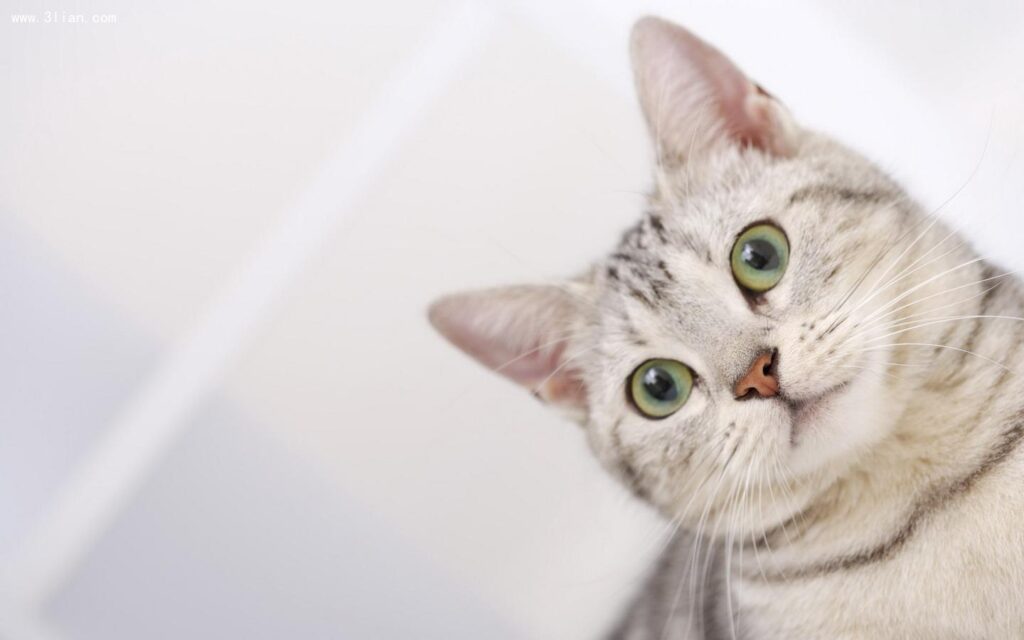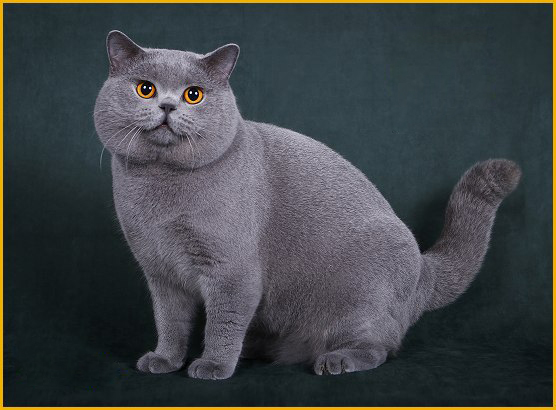The University of Milan Publishes a Paper With a Dataset of Cat Sounds, Classifying Meows

A research team from the University of Milan published a paper titled "Automatic Classification of Cat Calls in Different Environments" in the journal Animal Welfare.
They achieved automatic classification of cat meows through audio signal processing and pattern recognition algorithms. In addition, the team also released a dataset containing 440 meows collected by 21 cats.
Collect twenty-one cats, meowing in three states
Cats have always been one of the most popular and beloved family pets. Through studying their behavior and various studies, we can enhance our comprehensive understanding of cats.
The research team conducted this study in the hope of finding out whether there are commonalities and patterns in the calls of cats in several common environments.These patterns can be found through machine learning to understand the cat's behavioral intentions or psychological activities.
They selected 21 cats of two breeds, 10 Maine Coons and 11 British Shorthair cats, and carefully recorded their gender and sterilization status.

The dataset includes their calls in three environmental conditions:When being touched, in unfamiliar environments, or before feeding,And strictly ensure that each cat has various variables in three environments.
For example, before recording the calls of cats in unfamiliar environments, the owner will be allowed to stay with the cat in the environment for at least 30 minutes to avoid stimulating their emotional fluctuations. After ensuring that the cat's emotions are stable, the owner will leave the current environment and record the cat's calls for ten minutes when it is alone.
During the data collection process, it is also necessary to minimize the impact of houses, furniture decorations, etc. on the reception. The team also tested various reception devices, including pet wearable devices, to ensure the quality of the reception.
Based on the sound files, the research team extracted two sets of acoustic parameters, namely Mel-frequency cepstral coefficients (MFCC) and temporal features. These parameters were used to classify the problem space using classification schemes such as directed acyclic graphs.
The research team used five classification schemes:There are five classification methods: DAG-HMM (Directed Acyclic Graph-Hidden Markov), class-specific HMMs, universal HMM, SVM support vector machine and ESN echo state network.

The results show that the GAG-HMM method has a high recognition rate for the three states of cat meows, especially for the sounds of waiting to be fed, with an accurate recognition rate of 100%.
The team was greatly encouraged by the results of this study, as the experiment proved that cat calls can be effectively classified. They plan to try to combine cats' body movements in the next step of their research to build an analysis model and continue to analyze the emotional characteristics of cats.

The results show that the GAG-HMM method has a high recognition rate for the three states of cat meows, especially for the sounds of waiting to be fed, with an accurate recognition rate of 100%.
The team was greatly encouraged by the results of this study, as the experiment proved that cat calls can be effectively classified. They plan to try to combine cats' body movements in the next step of their research to build an analysis model and continue to analyze the emotional characteristics of cats.
Read the paper, download the data set, and you can understand cats?
Paper Access https://www.mdpi.com/2076-2615/9/8/543/htm Read
Dataset Access https://openbayes.com/console/openbayes/datasets/cxuvZ3QDu2S/ Download after registration
In an article we published at the beginning of the year Good news for pet owners: AI can now recognize the little emotions of dogs and catsI have introduced some technologies and products on the market that can identify pet emotions. I also mentioned thatAnimals have a very complex system of expression, and sound is only part of their language., most animals also rely on body movements, smells and even biological hormones to communicate with each other.
Therefore, artificial intelligence does have a way to understand their emotions. However, we recommend that owners pay more attention to their pets' performance and reactions during the raising process, so that they can better understand their real emotions and needs.